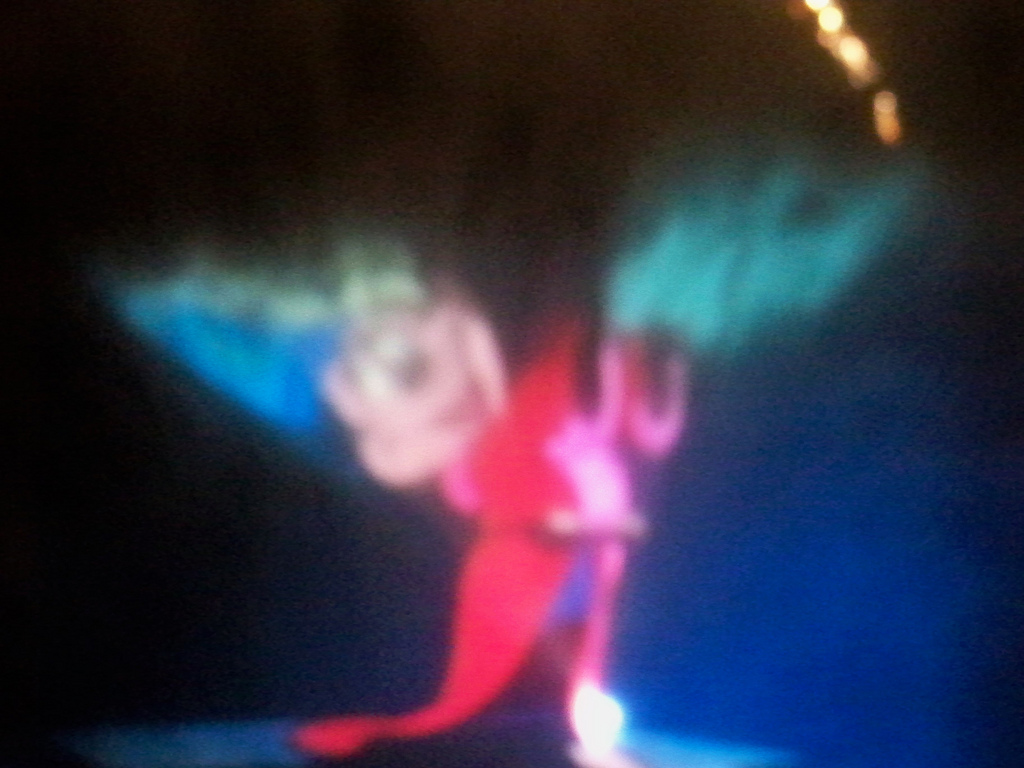
With its November 13, 1940, premiere at New York’s Broadway Theater, the Walt Disney film “Fantasia” opened to a considerable amount of criticism from those who protested the unconventional mixture of animation and high art. Disney had put together a 125-minute animated narrative set to classical music, from Bach to Stravinsky to Dukas, instead of dialogue, and the result was initially considered a commercial flop. The now-beloved masterpiece transformed perceptions of the line dividing high art and popular culture. Below, Moya Luckett examines how, when Fantasia came along, that line was already blurring, thanks to a few radio DJs, the middlebrow, and mass production.
Given the tone of the music critic’s reviews and the extent of the controversy, it might appear that Fantasia incurred this wrath because it was unusual, or unprecedented, combination of high art and popular culture. Yet Fantasia was not an isolated example of the blurring boundaries dividing cultural hierarchies, and should be seen as part of the widespread dissemination of “high art” during this period. The popularization of classical music through mass-media technologies had begun in the teens, and had led to the celebrity of musicians such as Walter Damrosch and Leopold Stokowski. Stokowski was a popular figure, who had gained fame for his habit of conducting without a baton, and had even appeared in the 1937 Deanna Durbin film, One Hundred Men and a Girl. In the 1940 Fantasia ceremonial program, Stokowski discusses the importance of disseminating classical music to a mass audience:
“The beauty and inspiration of music must not be restricted to a privileged few but made available to every man, woman and child. That is why great music associated with motion pictures is so important, because motion pictures reach millions all over the world.”
Deems Taylor, Disney’s collaborator and the music commentator featured within Fantasia, was a radio personality and a “popular musicologist” whose reputation for making music meaningful to American audiences (notably on New York Philharmonic radio broadcasts) made him a logical candidate for inclusion in this project. Variety’s review of Fantasia commented on the popularity of such classical music broadcasts:
“Affinity of music and the screen has been a long established partnership. Fantasia best can be described as a successful experiment to lift the relationship from the planes of popular, mass entertainment to the higher strata of appeal to lovers of classical music. The boost isn’t so far from general taste as might be imagined, in the light of the poselyting [sic] which radio, with the help of Toscanini, Damrosch and others, has been carrying on in millions of American homes for some years.”
Fantasia’s mélange of popular culture and high art was thus related to the radio industry’s project of popularizing classical music, and consequently was linked to other “middlebrow” fusions of high art and popular culture, such as the Book-of-the-Month Club.
Forms of mass distribution, such as broadcast radio, Hollywood cinema, and modern methods of merchandising (such as mail order), threatened the privileged status of “art” and its singular identity. Mass distribution helped to define the status of a cultural product as popular culture, as it provided easy access to all classes, often at a nominal cost. In contrast, the work of art was defined as rare and only accessible to an elite group – whether this access was provided by location (by proximity to a cultural center, such as Carnegie Hall or the Museum of Modern Art), cost (theater tickets were expensive, whereas movie tickets were relatively cheap), or by an understanding that only a certain type of education could provide (the kind of knowledge that the music critics tended to draw upon in their discussions of Fantasia.)
-Excerpted by Jodie C. Liu
*Photo courtesy Loren Javier.




Send A Letter To the Editors